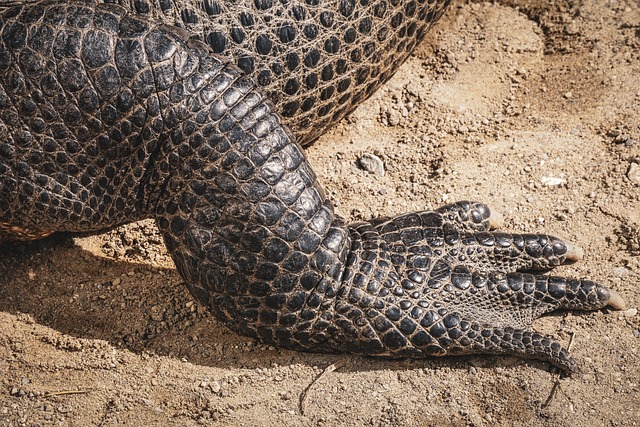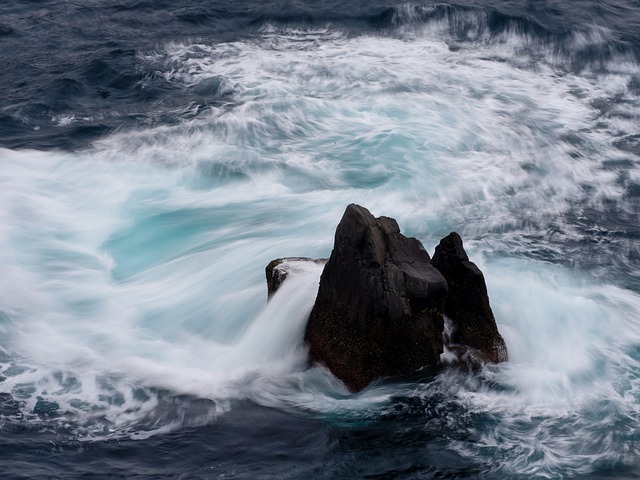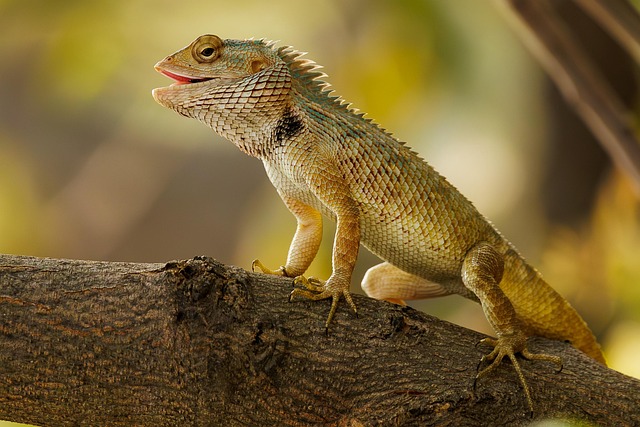
The Fascinating Mississippi Alligator: A Natural Marvel of the Animal Kingdom
The Mississippi alligator, a remarkable creature of the animal kingdom, embodies the raw power and beauty of nature itself. This majestic reptile, found primarily in the waters of Mississippi, is not only a symbol of the Southern wildlife but also a crucial component of the ecosystem. With its prehistoric appearance and carnivorous diet, the Mississippi alligator commands respect and fascination from those who encounter it.
Measuring up to 13 feet in length, these reptiles are truly a sight to behold. Their tough, scaly skin blends seamlessly into the murky waters of swamps and bayous, making them expert ambush predators. With a jaw pressure that can exceed 2,000 pounds per square inch, the Mississippi alligator showcases the sheer force of nature’s design. This impressive strength allows them to hunt a variety of prey, including fish, birds, and even larger mammals, demonstrating their crucial role in maintaining the ecological balance of their habitat.
When we think of nature, we often envision serene landscapes and gentle creatures; however, the Mississippi alligator reminds us of the fierce side of the wild. These reptiles bask lazily in the sun, or float motionless, perfectly camouflaged, waiting for their next meal. Observing an alligator in its natural habitat can evoke a mix of awe and respect, as you realize you are witnessing an apex predator in its element. It’s this juxtaposition of beauty and ferocity that makes the Mississippi alligator such a fascinating subject for both wildlife enthusiasts and casual observers alike.
Beyond their imposing presence, Mississippi alligators play a vital role in their ecosystems. By controlling the populations of various species, they help prevent overpopulation and maintain healthy biodiversity. Their nesting habits also contribute to the creation of habitats for other species, showcasing how interconnected all life forms are within the environment. This intricate web of life is a testament to the importance of all animals, including those that may seem fearsome at first glance.
As much as they are admired, Mississippi alligators also face challenges that threaten their survival. Habitat destruction, hunting, and climate change put these magnificent creatures at risk. Protecting their natural habitats and implementing conservation efforts are crucial steps toward ensuring that future generations can enjoy the sight of the Mississippi alligator gliding through its native waters. This creates an urgent call for wildlife conservation, inspiring many to engage in efforts to protect the natural world around us.
In many ways, the Mississippi alligator serves as a reminder of the resilience of nature. These reptiles have existed for millions of years, showcasing an adaptability that has allowed them to thrive in diverse environments. As we learn more about them, we gain a deeper appreciation for the complexity and wonder of the natural world. Whether it’s through educational programs, wildlife photography, or conservation initiatives, connecting with the Mississippi alligator helps foster a love for all creatures that inhabit our planet.
Embracing the mystery surrounding the Mississippi alligator invites us to take a step into the wild, igniting a sense of adventure within us all. Their enchanting presence in the natural landscape serves as a bridge connecting ancient history with present-day ecosystems. The beauty of these reptiles not only captivates the imagination but also encourages us to explore the fragile balance of life and our responsibilities toward wildlife preservation.



